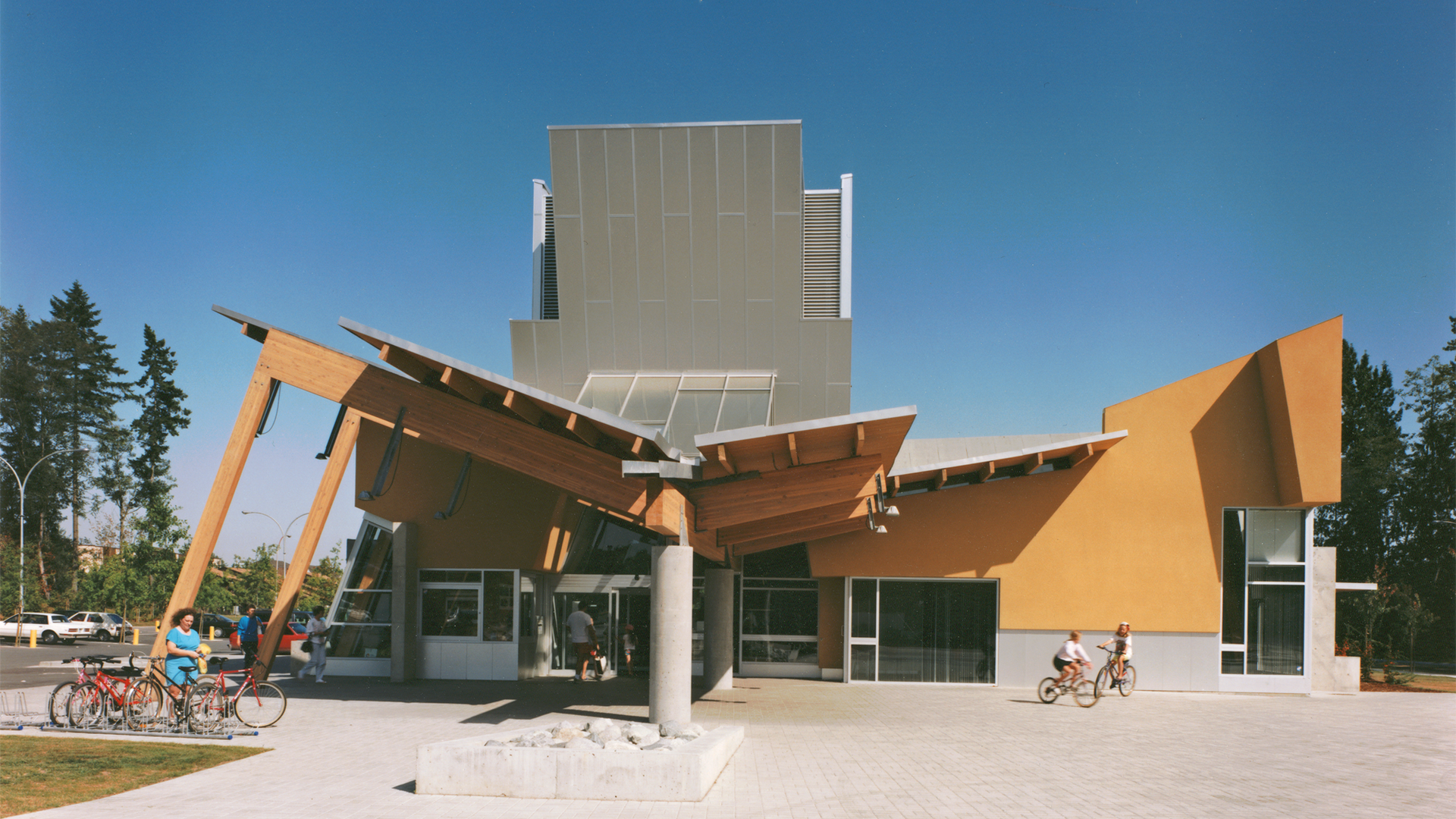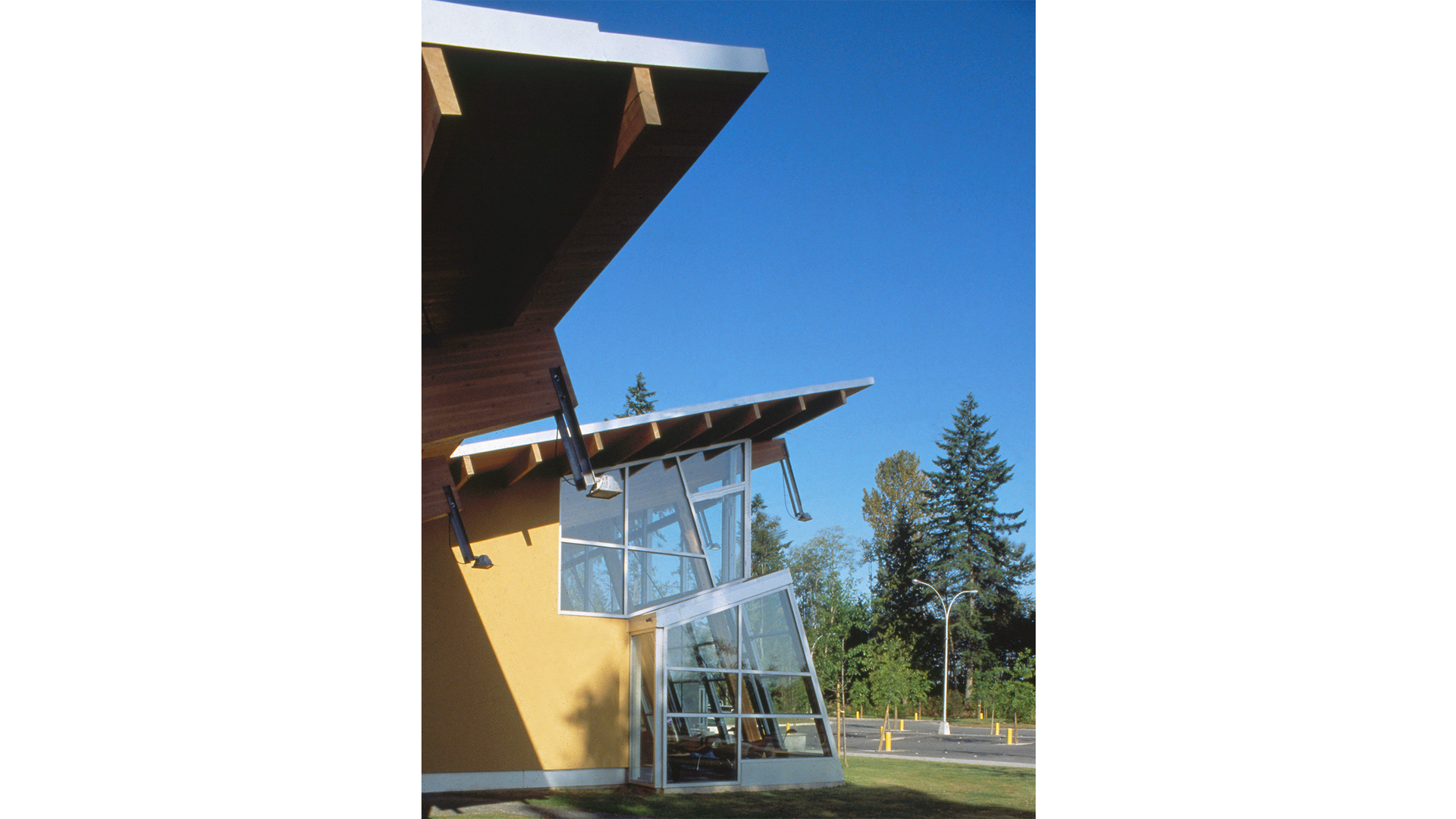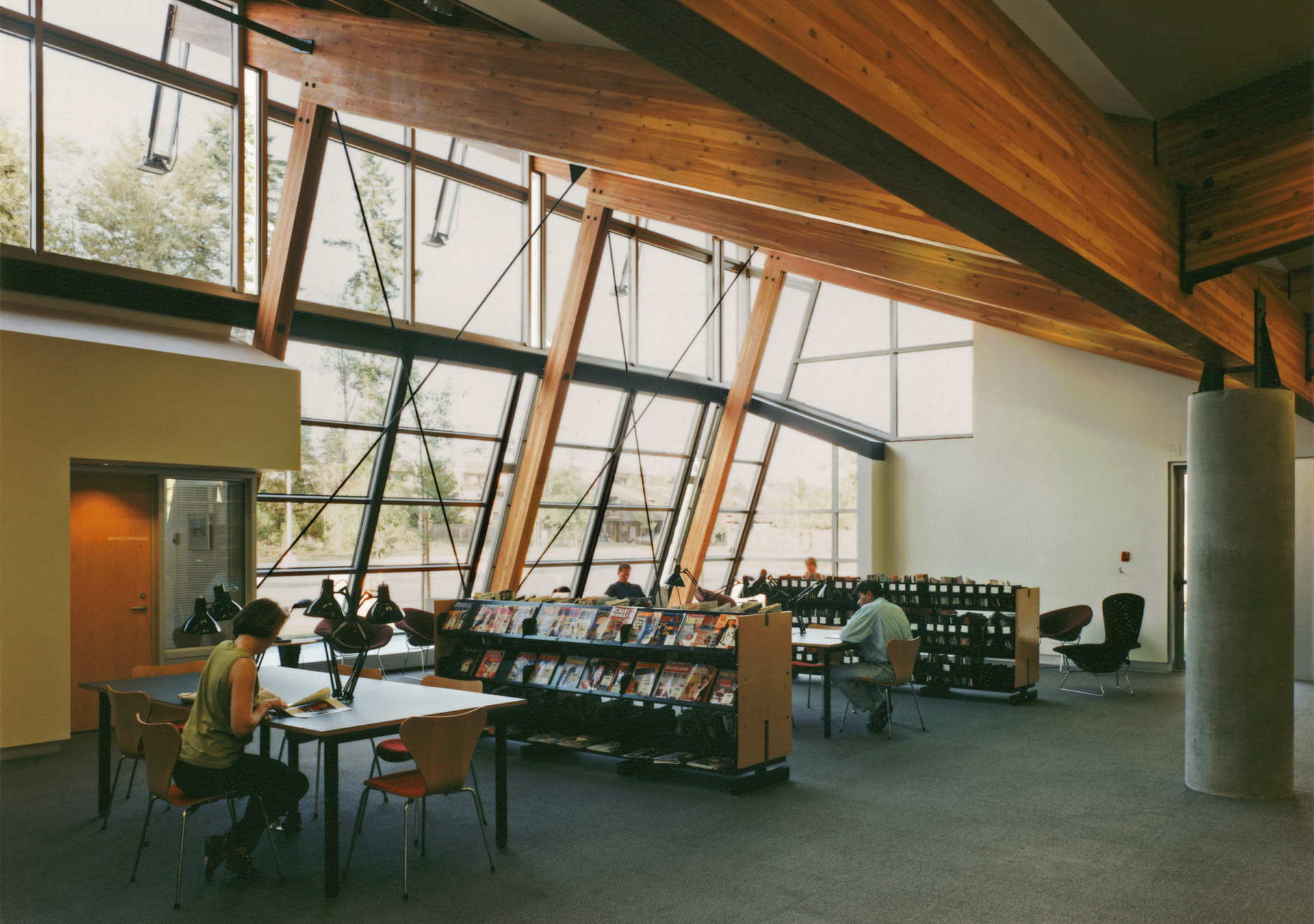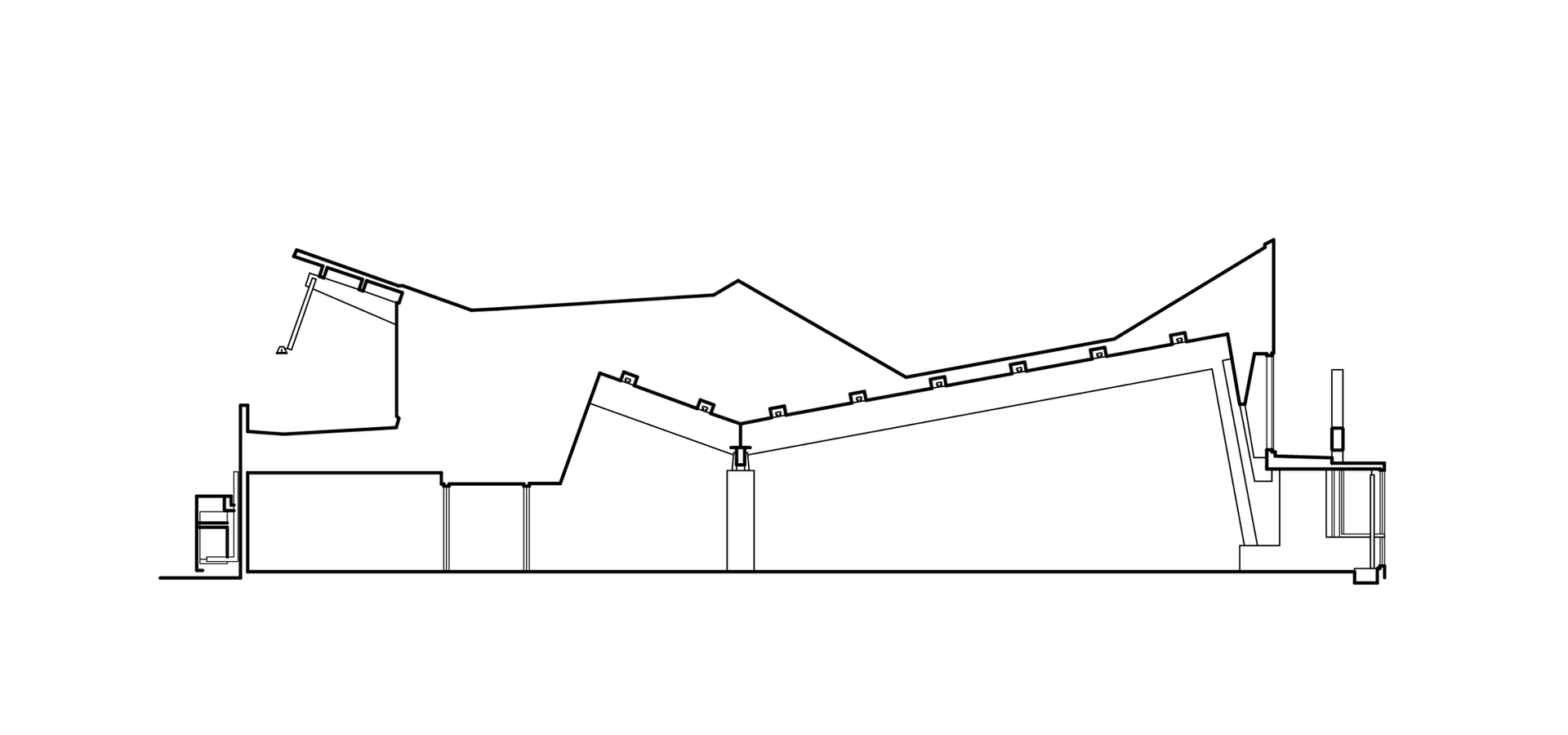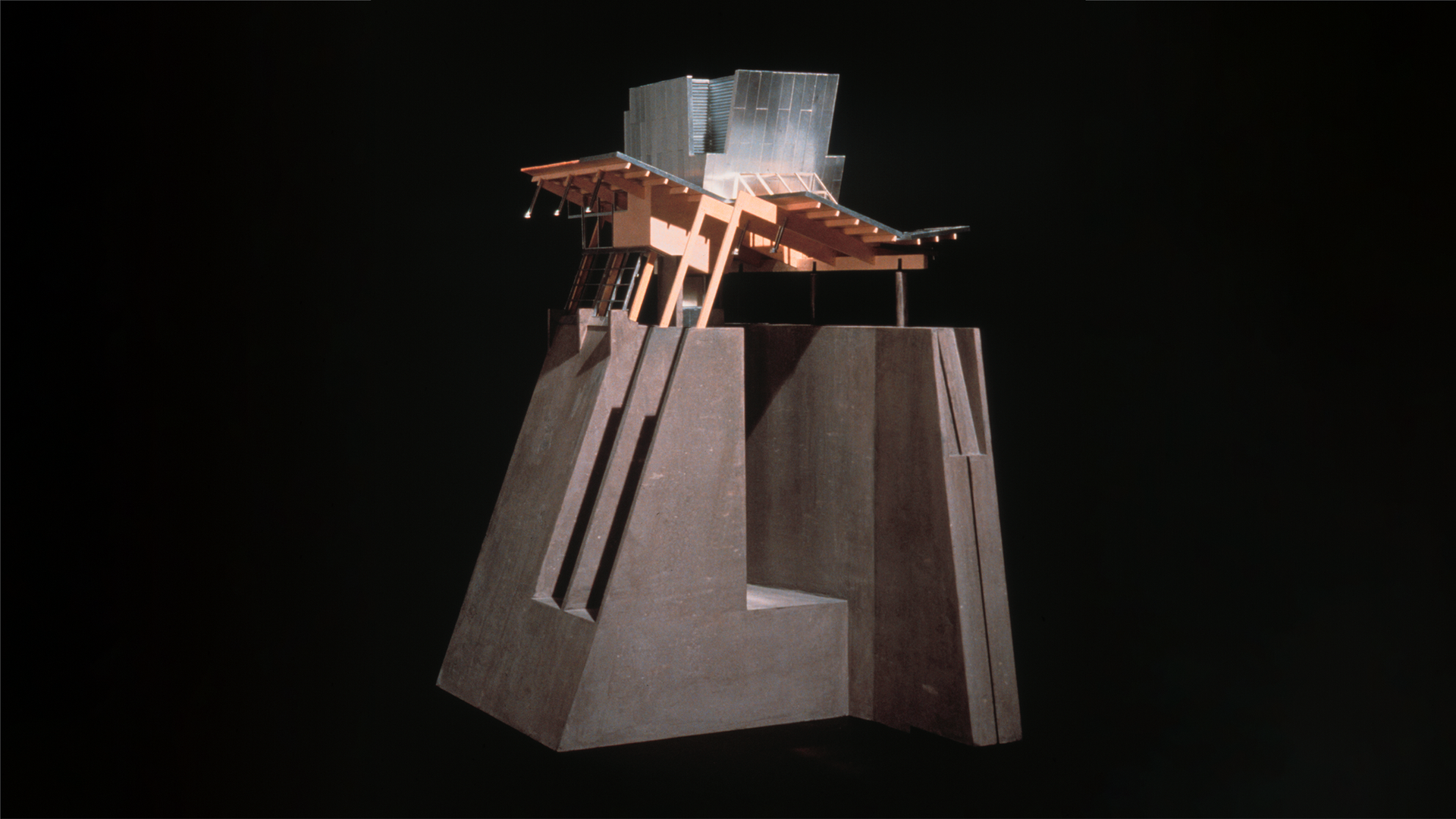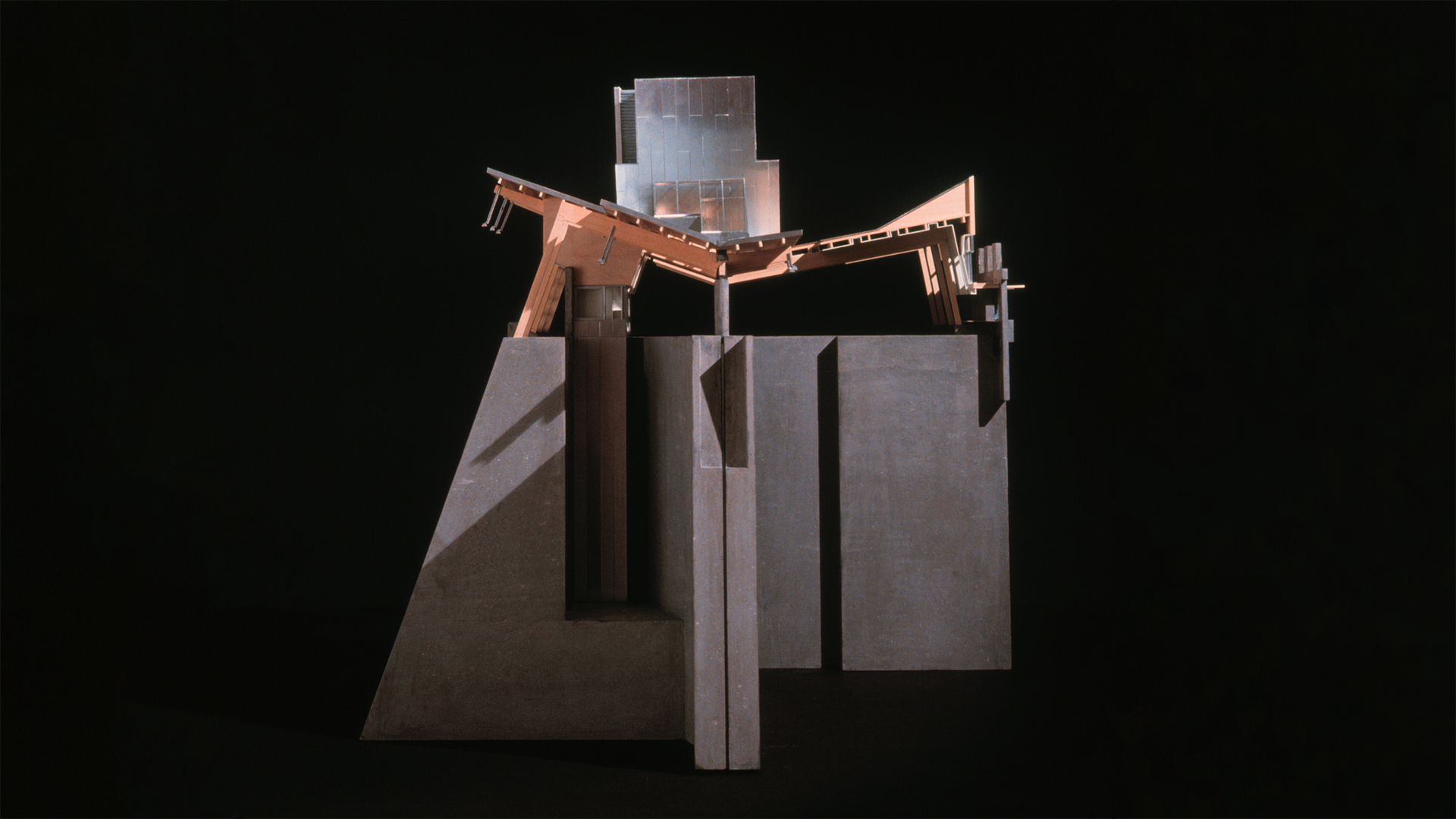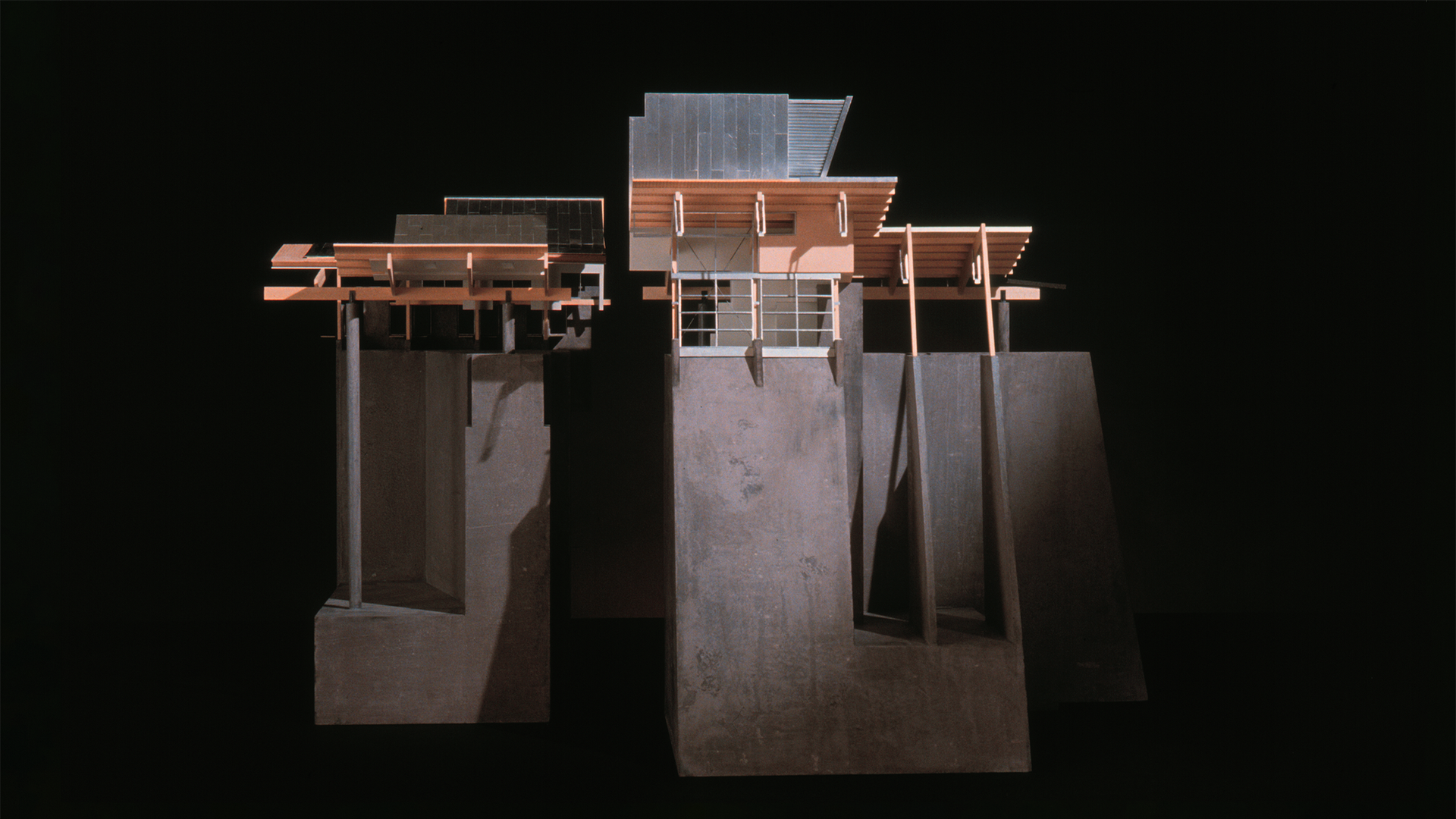top of page



Newton Library
To give the library the presence necessary to allow it to compete on a typical North American “commercial strip”, the height of the single-story perimeter walls to the north and south are exaggerated. Not only does this give the building greater presence on the street, but it also allows large amounts of natural light to enter the building: on the south side through carefully controlled openings, and on the north through a glass curtain wall that allows a soft ambient light to fill the interior.
Newton Library
bottom of page
